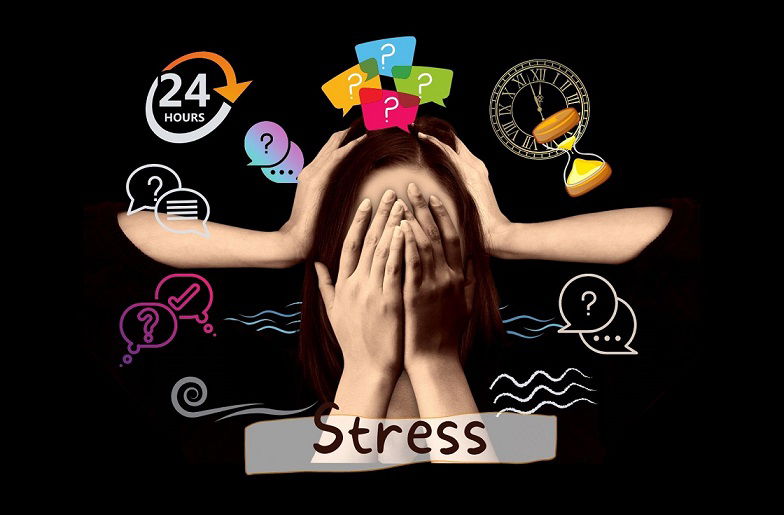March 28, 2025/Midnight
Erie, PA. — In today’s fast-paced, hyperconnected world, chronic stress has quietly emerged as one of the most pressing public health challenges of the 21st century. Often overlooked and underestimated, stress is not just a feeling—it’s a physiological response that, when prolonged, can lead to serious health complications. According to the American Psychological Association (APA), more than 75% of adults in the United States report experiencing moderate to high levels of stress, with work, finances, and health concerns topping the list. But the consequences of long-term stress go far beyond emotional strain—they are showing in our bodies, healthcare systems, and even life expectancy.
What Is Chronic Stress?
Chronic stress is the ongoing activation of the body’s stress response system, often triggered by consistent pressures without sufficient relief or relaxation. While acute stress can be helpful in dangerous or high-pressure situations, chronic stress places a sustained burden on the nervous, immune, and cardiovascular systems. According to the Centers for Disease Control and Prevention (CDC), stress contributes to six of the leading causes of death in the U.S., including heart disease, cancer, stroke, and suicide.
The Biological Toll: Stress and the Body
Physiologically, stress triggers the release of cortisol and adrenaline, hormones that prepare the body for “fight or flight.” While useful in short bursts, prolonged exposure to these hormones has a damaging effect. Key impacts include: – Heart Disease: A study published in The Lancet found that individuals with chronic stress have a 27% higher risk of cardiovascular events, including heart attacks and strokes. – Weakened Immunity: According to research from Harvard Medical School, stress lowers the body’s ability to fight off infections and increases susceptibility to chronic illnesses. – Mental Health Disorders: Chronic stress is a known contributor to anxiety, depression, and cognitive decline.
Workplace Burnout: A Growing Crisis
Work-related stress is reaching epidemic proportions. In 2022, the World Health Organization (WHO) officially recognized burnout as an occupational phenomenon characterized by exhaustion, reduced performance, and cynicism. According to a Gallup survey, 76% of employees experience burnout at least sometimes, with 28% saying they feel burned out “very often” or “always.”
Stress and Health Inequities
Not all populations experience stress equally. As reported by the Robert Wood Johnson Foundation, social determinants such as racism, poverty, housing insecurity, and food access disproportionately expose marginalized communities to chronic stress. This “weathering effect,” a term coined by Dr. Arline Geronimus, describes how long-term exposure to social adversity accelerates aging and worsens health outcomes in minority populations.
The Role of Technology and Lifestyle
While technology can improve convenience and communication, it has also become a double-edged sword. According to Pew Research Center, constant digital connectivity has blurred the boundaries between work and personal life, contributing to “techno-stress.”
Strategies for Managing Chronic Stress
While stress cannot be entirely eliminated, it can be managed through evidence-based interventions. The Mayo Clinic and American Heart Association recommend several strategies:
– Mindfulness and Meditation
– Regular Physical Activity
– Therapy and Counseling
– Healthy Social Support
Looking Forward: What Can Be Done?
Addressing chronic stress requires a multi-level public health approach. This includes promoting mental health literacy, improving workplace wellness policies, and integrating stress management into primary care. Governments and organizations are beginning to respond. For example, the U.S. Surgeon General’s Framework for Workplace Mental Health & Well-being (2022) encourages employers to prioritize psychological safety and work-life balance.








